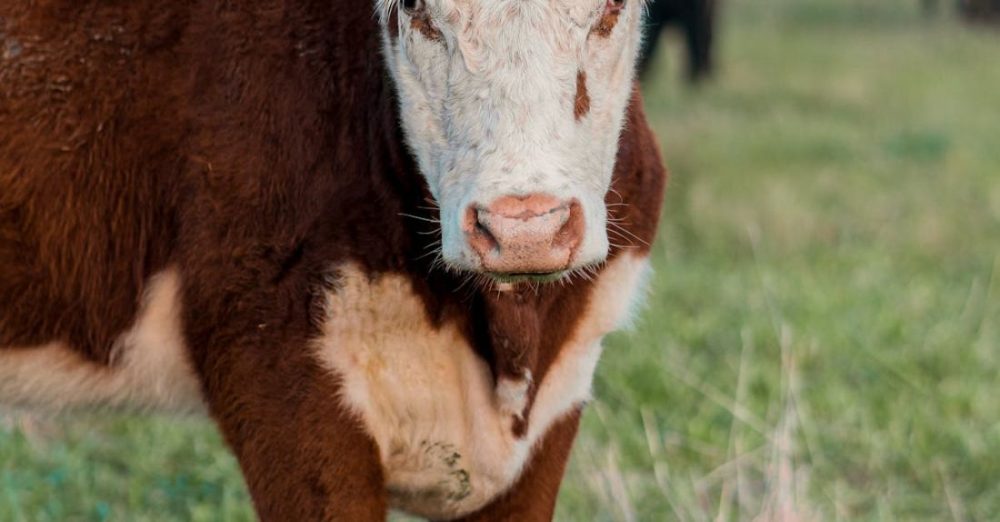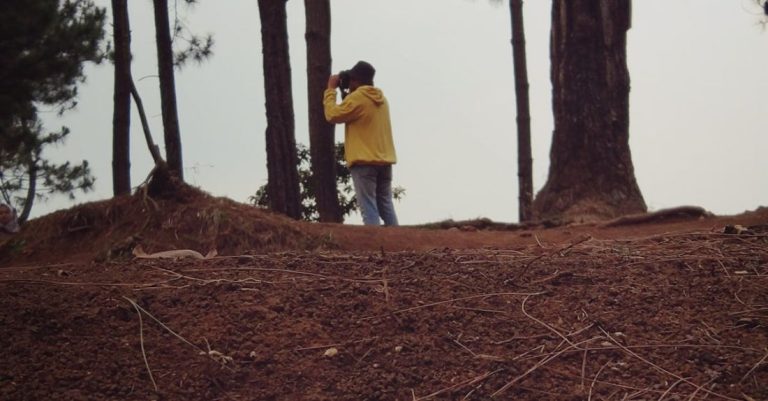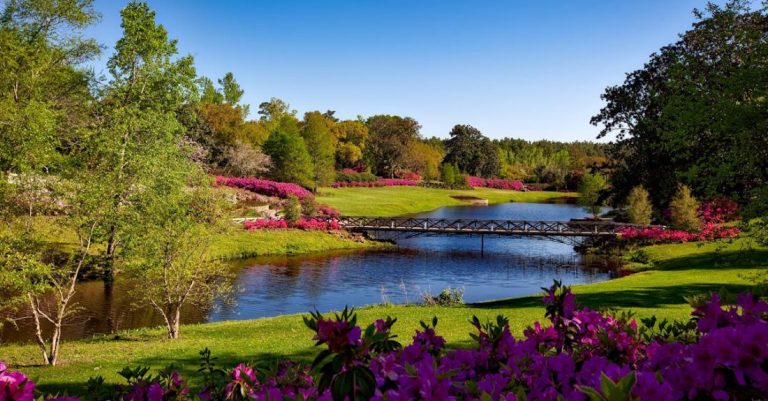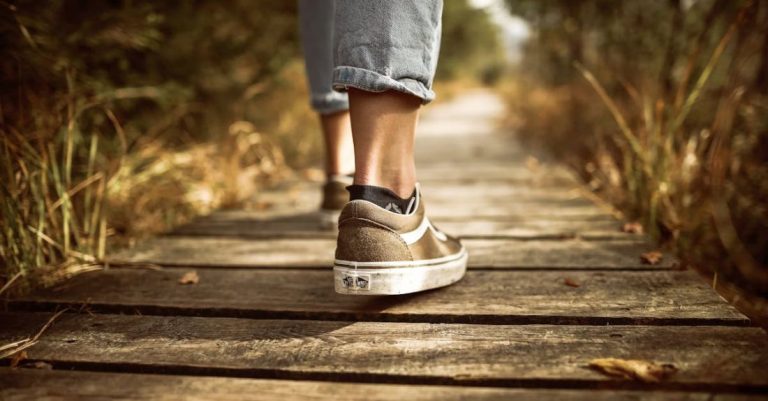
Exploring the great outdoors through nature walks is a fantastic way to connect with the environment and appreciate the beauty of the flora and fauna that surrounds us. Whether you are a seasoned nature enthusiast or a beginner looking to learn more about the local plants and animals in your area, being able to identify the different species you encounter can enhance your outdoor experience. In this article, we will discuss some tips and techniques on how to identify local flora and fauna on nature walks.
Observation is Key
When embarking on a nature walk, it is crucial to sharpen your observation skills. Take your time to look closely at the plants and animals around you. Notice the shapes of leaves, colors of petals, patterns on wings, and any distinct features that can help you differentiate between different species. Pay attention to the habitat in which the plants and animals are found, as this can also provide valuable clues for identification.
Identifying Local Flora
One of the best ways to identify local flora is by using a field guide specific to your region. Field guides are books that provide detailed descriptions and images of plants, making it easier for you to recognize and classify them. Look for guides that are organized by plant characteristics such as flower color, leaf shape, and growth habits. Additionally, consider joining local plant identification groups or attending guided nature walks led by experts to further enhance your knowledge.
Learning to recognize common plant families can also be helpful in identifying local flora. For example, the Asteraceae family, also known as the daisy family, includes plants like sunflowers, daisies, and asters. By familiarizing yourself with the characteristics of different plant families, you can quickly narrow down the potential species you encounter on your nature walks.
Identifying Local Fauna
Identifying local fauna, such as birds, insects, and mammals, can be a rewarding experience. One of the simplest ways to start is by paying attention to the size, shape, color, and behavior of the animals you encounter. Birdwatching, for example, relies on observing the unique markings, flight patterns, and calls of different bird species to identify them.
Field guides are also invaluable resources for identifying local fauna. Look for guides that feature illustrations or photographs of animals, along with information on their habitats, behaviors, and calls. Consider investing in a pair of binoculars for birdwatching, as they can help you observe birds from a distance without disturbing them.
Another useful tip for identifying local fauna is to listen to the sounds of nature. Many animals communicate through calls, songs, or other vocalizations, which can aid in their identification. Take note of the different sounds you hear while on your nature walk and try to match them to the species you encounter in your field guide.
Exploring Different Habitats
To expand your knowledge of local flora and fauna, explore a variety of habitats during your nature walks. Different plants and animals thrive in different environments, so by visiting forests, wetlands, meadows, and riversides, you can encounter a wider range of species. Pay attention to the specific characteristics of each habitat, such as soil type, sunlight exposure, and water availability, as these factors influence the types of plants and animals that inhabit the area.
Conclusion: Enhancing Your Nature Walks
By honing your observation skills, using field guides, learning about plant families, and exploring different habitats, you can become more adept at identifying local flora and fauna on your nature walks. Remember that practice makes perfect, so don’t be discouraged if you struggle with identification at first. With time and experience, you will develop a deeper appreciation for the natural world and the intricate ecosystems that exist all around us. So lace up your hiking boots, grab your field guide, and embark on a journey of discovery through the fascinating world of local flora and fauna.





